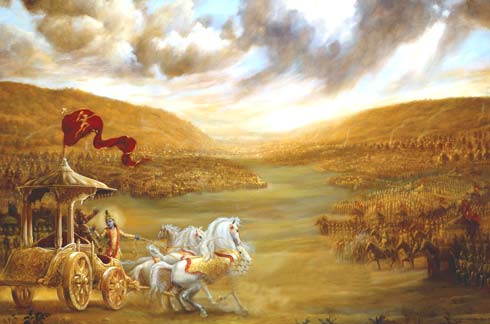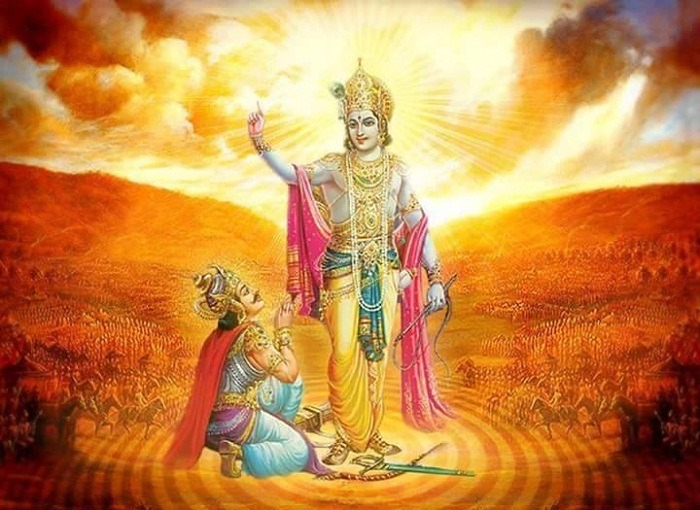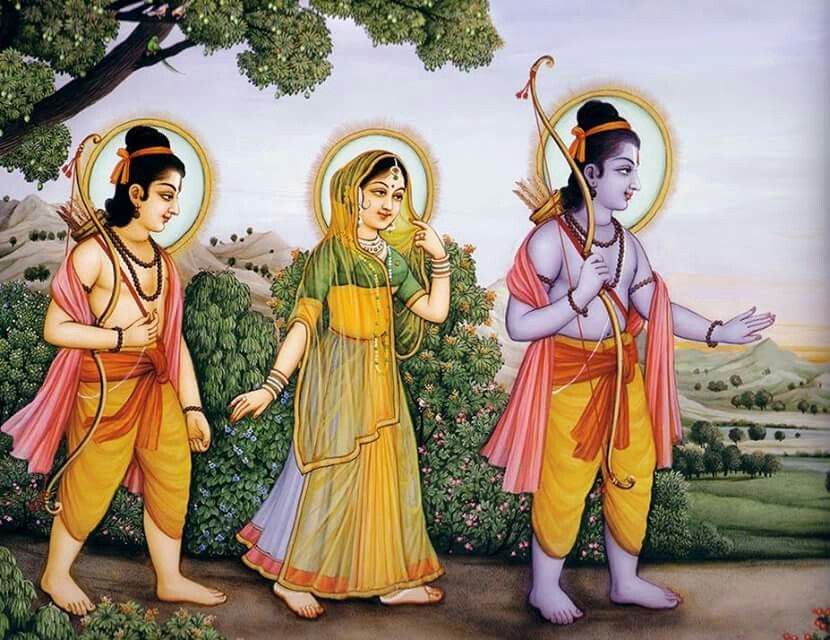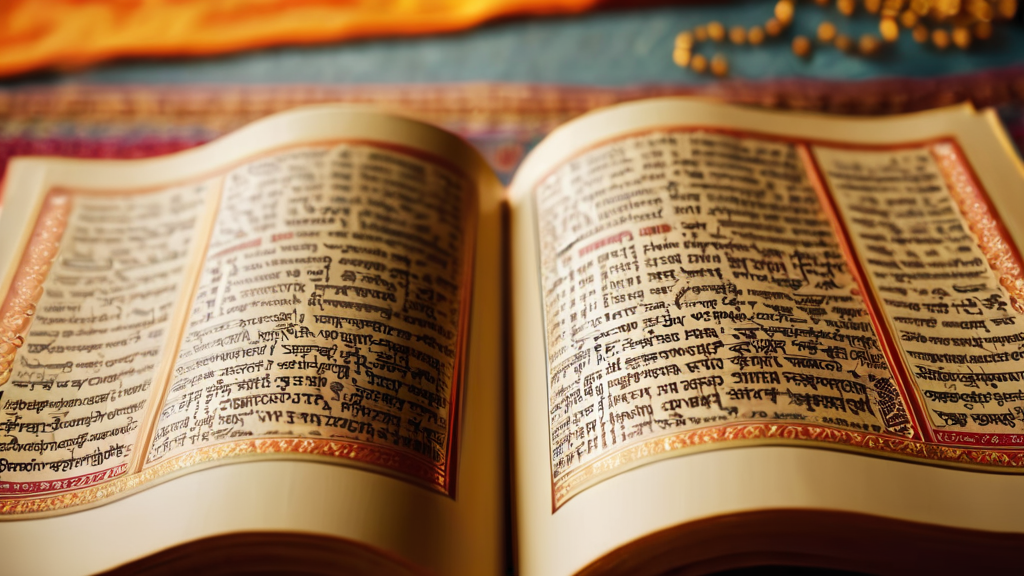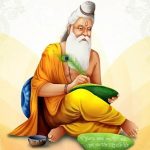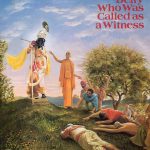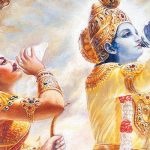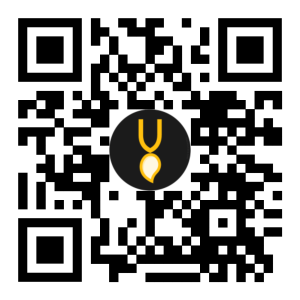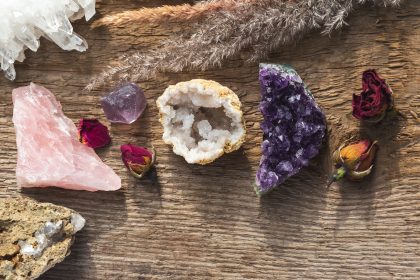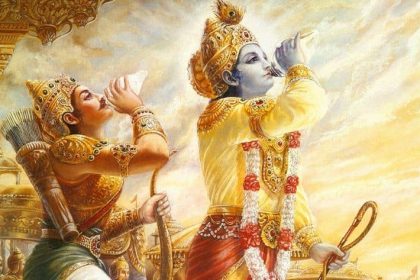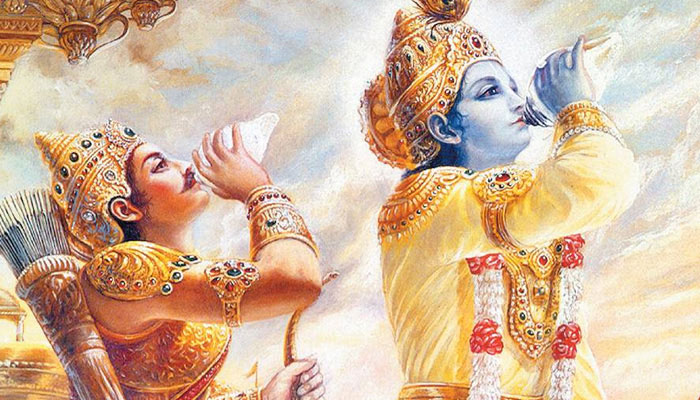The term ‘Hinduism‘ is somewhat arbitrary but broadly refers to the tradition whose members follow the sacred texts called the Vedas or the Vedic scriptures.
There are two main categories of Vedic literature:
– the shruti (that which is heard)
– the smriti (that which is remembered).
All traditions accept the unquestionable authority of the canonical shruti, but there are various opinions on the relative status of the more explanatory smriti. Some traditions (and many scholars) consider smriti less important than shruti, whereas others give them equal status, while even others say that the smriti is more important in the current age because it makes Vedic wisdom accessible to everyone.
Veda means ‘knowledge’. Tradition states that prior to the onset of the present age (Kali-yuga, the age of iron) knowledge was passed down orally. Some five thousand years ago it was recited by the sage Vyasa and simultaneously written down on palm leaves by Ganesh, the son of Shiva.
Shruti consists of the four Vedas – the Rig, Sama, Yajur and Atharva. According to scholars they were compiled between the seventeenth and fifth centuries B.C.E.
Each Veda has four component parts;
Samhitas – mantras for recitation by brahmacharis (students).
Brahmanas – rituals of worship for grihastas (householders).
Aranyakas – philosophical texts for vanaprashtas (retired life).
Upanishads – philosophical texts for sannyasis (renunciates).
Of these the Upanishads are the most well known.
There are five main Upavedas, (texts supplementary to the Vedas)
as follows:
Ayurveda – medicine
Gandharvaveda – music, dance and drama
Arthaveda – political science
Dhanurveda – military science
Shilpaveda – architecture
Smriti consists of the following six categories:
(i) The Itihasas (histories) which are comprised by the two ‘epics’; the Ramayana
(written by the sage Valmiki) and the Mahabharata (which includes the
all-popular Bhagavad Gita).
(ii) The Puranas, often termed “the old myths and legends”, though many consider
them true story (albeit beyond our comprehension) rather than mere symbolic fantasy. They deal mainly with what scholars term “later deities” – Brahma, Vishnu and Shiva. There are eighteen principal texts, of which the most widely read is the Bhagavata Purana, containing the exploits of Vishnu, and specifically the famous stories of Krishna.
(iii) The Grihya Sutras, codified instructions for domestic rituals, especially rites of passage and the fire sacrifice.
(iv) The Vedangas (literally ‘limbs of the Vedas’) which are six in number:
Shiksha – phonetics
Vyakarana – Sanskrit grammar
Nirukti – Sanskrit dictionary / etymology.
Chandas – the science of meter.
Jyotisha – astronomy and astrology.
Kalpa – rules and regulations of ritual performances.
(v) The Dharma Shastras (law books) which deal with codes of conduct. The most important is the Manu-smriti (Manu Samhita).
(vi) The Prasthana-vakyas, a catch-all category which includes a whole range of supplementary and vernacular literature, very often specific to a particular tradition. Most important here are the Vedanta-Sutras (Brahma-Sutras) encapsulating the fundamentals of Vedanta philosophy. (Vedanta is one of the six main schools of philosophy. Literally it means “the conclusion of all knowledge”). The Tantras, esoteric and mystical texts based around Shiva or Shakti (the goddess), are included in this category.
The most popular texts for British Hindus and often the subject for songs, plays and radio & T.V. programmes are:
– Mahabharata (often called the Fifth Veda)
– Bhagavad Gita (as the basis of Hindu theology)
– Bhagavad Purana (particularly the stories of Lord Krishna in the Tenth Canto).
– Ramayana (the story of Rama and Sita). The most popular form is the
– Ram Charit Manas by Tulsi Das.
Scriptures are used:
(a) for personal study, enrichment and purification
(b) as a basis for pravachan (sermon)
(c) for public recitation (especially stories)
- as a source of mantras and prayers for rituals
- as a source of stories for song, dance and drama
Scriptures are treated with great respect. They are not placed on the floor, nor touched with the feet or dirty hands. Prayers are often recited before reading or reciting from them.


